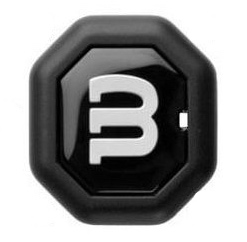
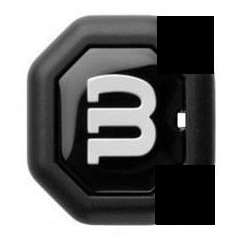
This page begins with my goals for modifying the handle of a pickleball paddle, followed by my modifications of a tennis racket in 1987.
modifying the handle of a PickleBall Paddle:
What? I want to convert the shape from an OCTAGON to a "RECTAGON" that is a flat rectangle on the right side, but still is an octagon on the left side, like this:
original OCTAGON |
new RECTAGON |
 |
 |
Why? For tennis I've always used an Eastern Forehand, since 1963. My 1987-modified Tennis Racket has a FLAT SURFACE (for right hand) so it's easier to consistently be sure my hand is flat, is directly behind the handle as it should be for an Eastern Forehand. Getting a consistent flat grip is easier with a flat handle than with the “rounder” shape of the original octagon. For a Pickleball Paddle, I also want a FLAT SURFACE, with the Rectagon's flat right side.
Why? And I want a consistently WIDE GRIP with the fingers-and-hand spread wide apart, not close together. Below, the first diagram (from TennisCT.com) shows two parts of the hand – heel pad, index knuckle – that should be wide apart. / Below this are three photos of my 1987 tennis racket. The two left-side photos show the wide grip I use, with the index finger in a “notch” I carved into the balsa wood, and the faraway heel resting against the high “knob” that lets my hand (index knuckle, heel pad,...) rotate onto the 1-face (labeled "Eastern Backhand") so it's a stronger grip for hitting backhands and for overhead serving; the racket's topographical features provide tactile “touch cues” that make it easier for my hand to consistently get into the proper grip, flat and wide. The right-side photo shows a narrow grip.
How? To get a flat surface I'll remove the leather grip, then use “triangles” of balsa wood — glued to the handle's two diagonal faces (labeled 2 and 4 in this diagram) — to make it flat. For tennis (in 1987) the balsa wood was glued to fiberglass, and to other layers of balsa wood. But for pickleball (in 2024) I don't know what kind of glue to use, to make a strong connection between balsa wood and carbon fiber, but not harm the carbon fiber.
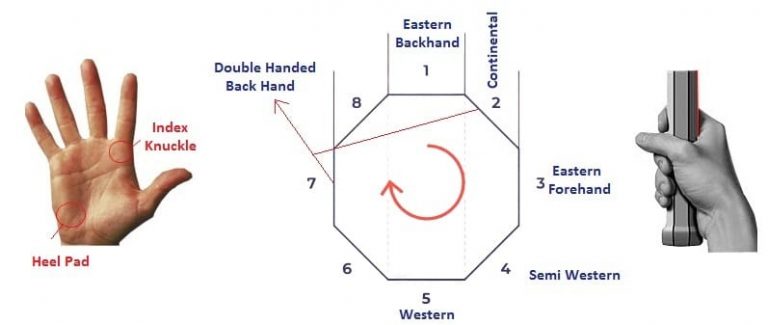 |
Below, photos show the modifications — done mostly with balsa wood, but also with a dark-brown piece of 1/8" particle board — before it's covered by the original leather-type grip, plus another grip I bought, as shown in the page's final photo.
WIDE GRIP (view from palm-side) |
WIDE GRIP
(view from finger-side) |
NARROW GRIP (view from finger-side) |
|
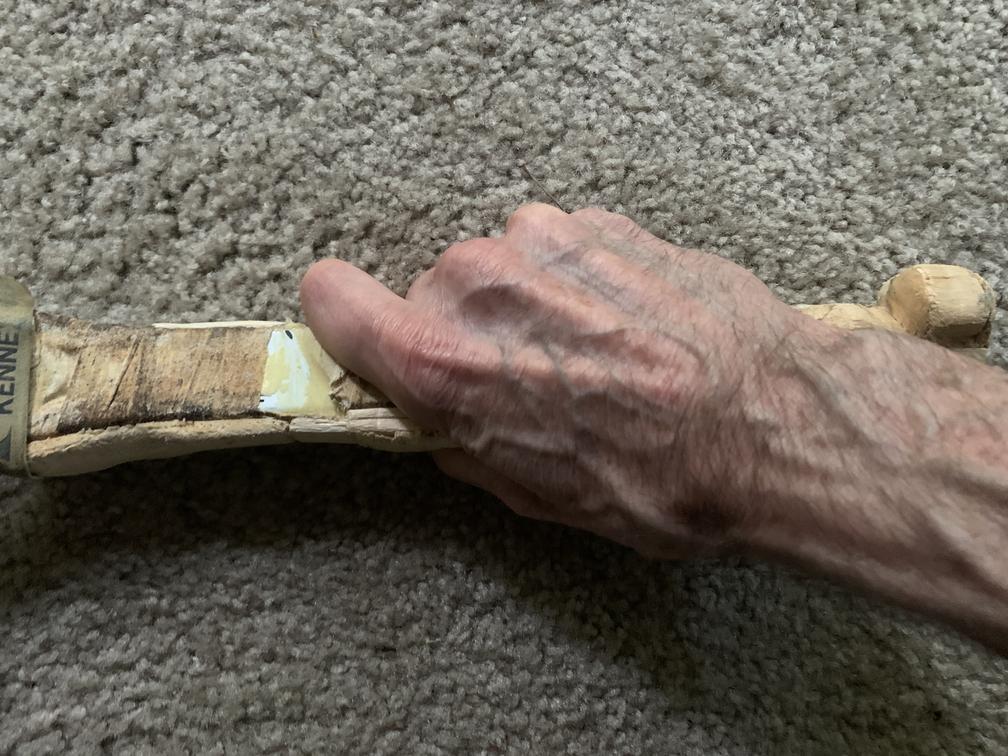 |
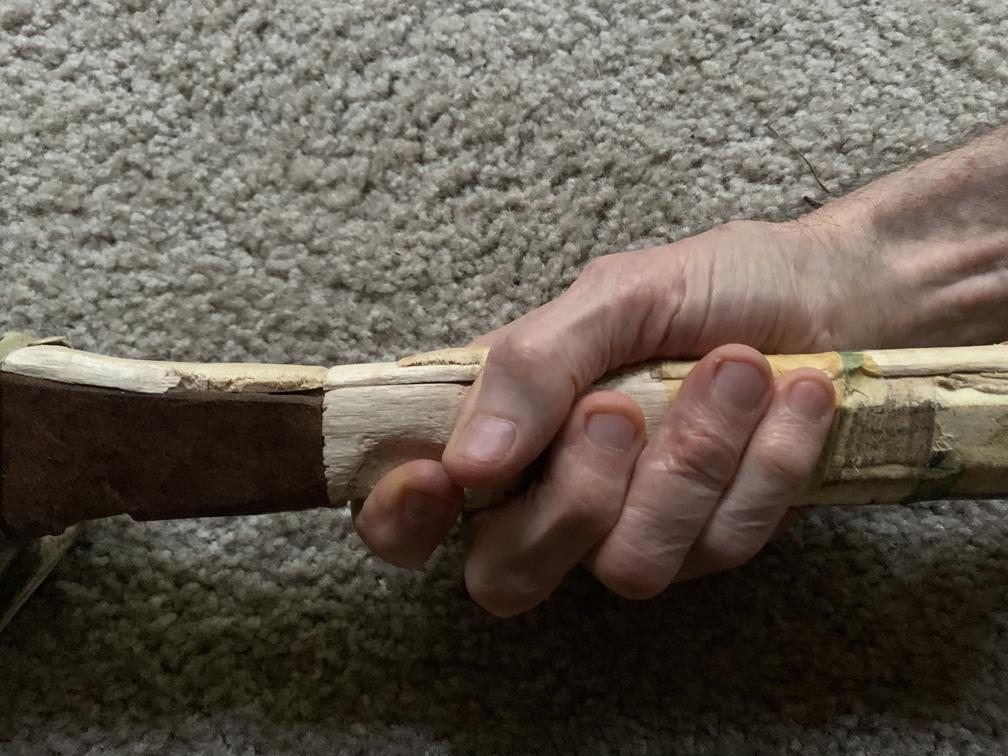 |
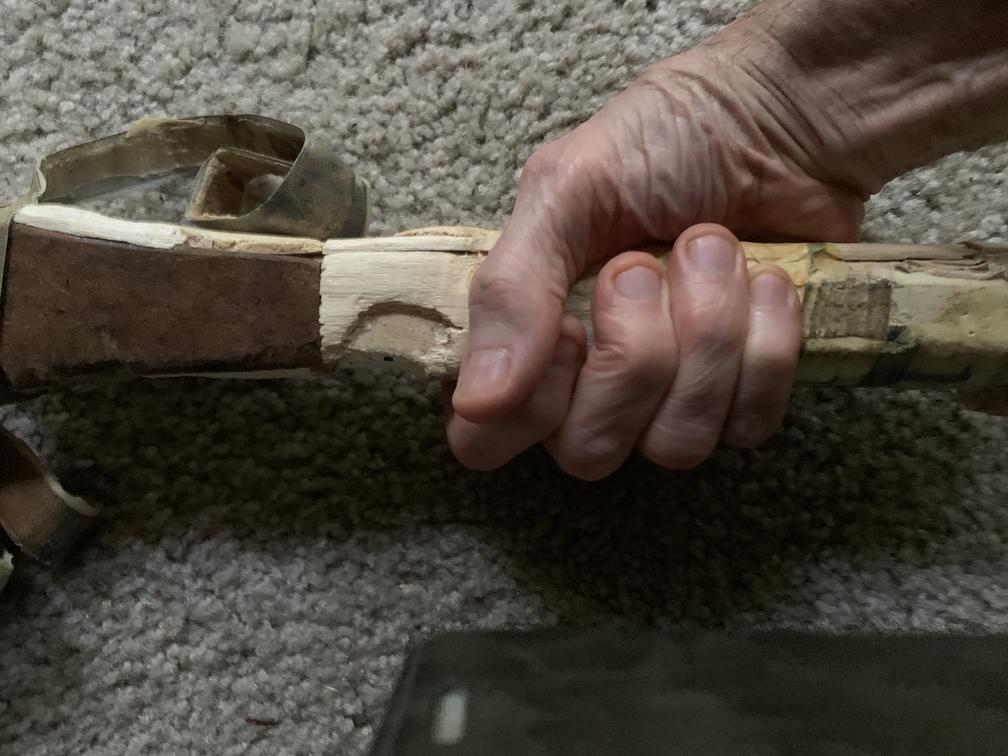 |
Here you can see the handle's flat surface,
| [[ iou – soon, during August 27-30, two photos will show the rectangular (non-octagonal) shape of my tennis handle. ]] | |
This view (from palm-side of right hand) shows the complex topography, including the built-up surfaces (and knob) that are useful for backhand (with one hand or two hands) and for serving. |
This view (from finger-side of right hand) shows other features, e.g. the notch – in a hemispheric “half moon” shape – that is a position cue, helping me feel where to put the index finger of my right hand. |
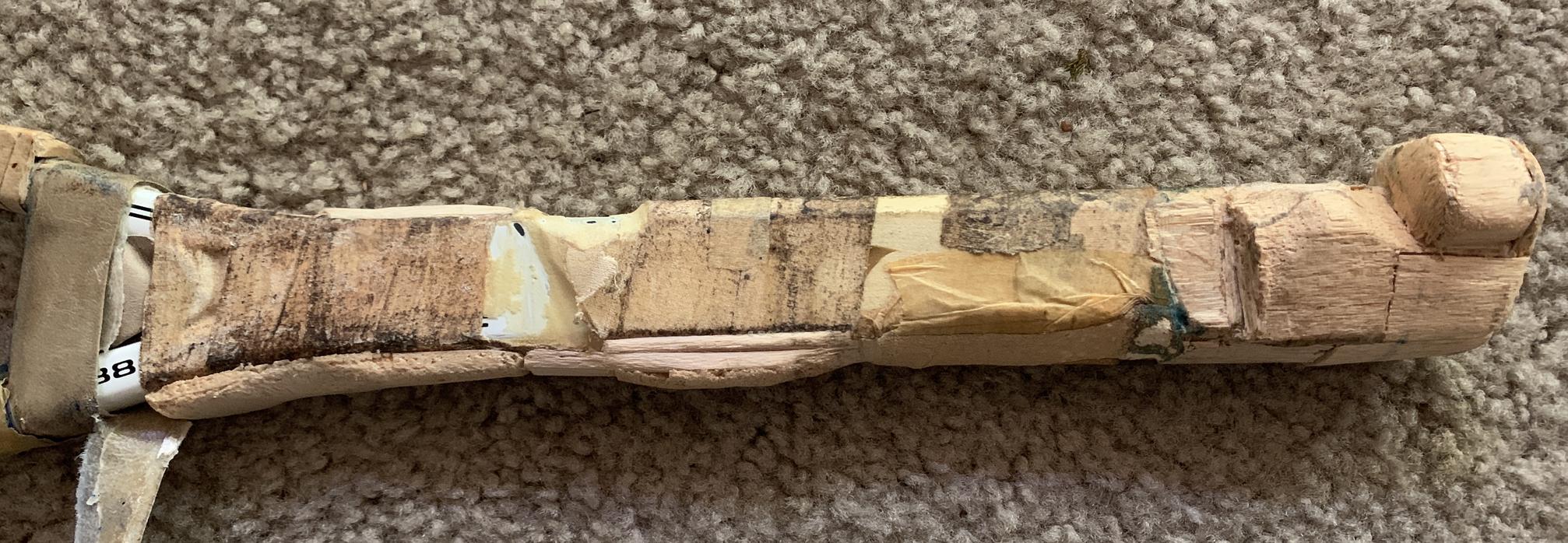 |
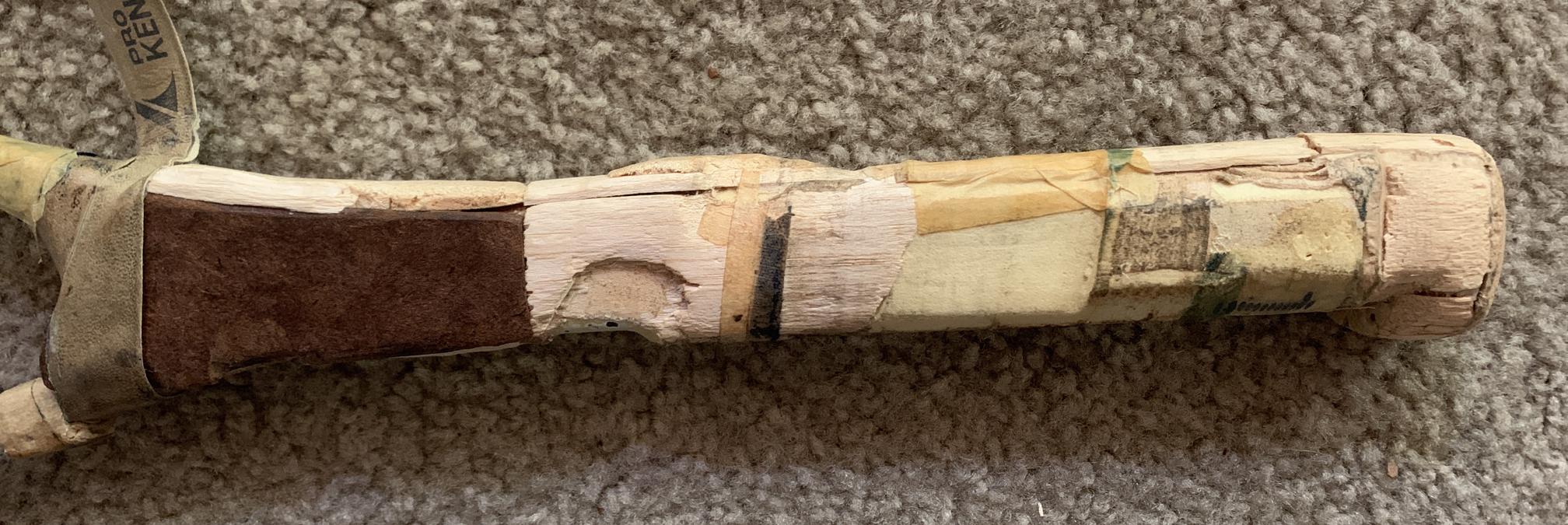 |
Here is the whole racket. When I'm playing, the original leather grip (shown here, unwound) is wrapped around the handle, covering its top half. Another leather grip (not shown) covers the bottom half of the handle, including the built-up surfaces & knob (on far right) that put my right hand in a better position for backhand (with one hand or two hands) and for serving. |
|
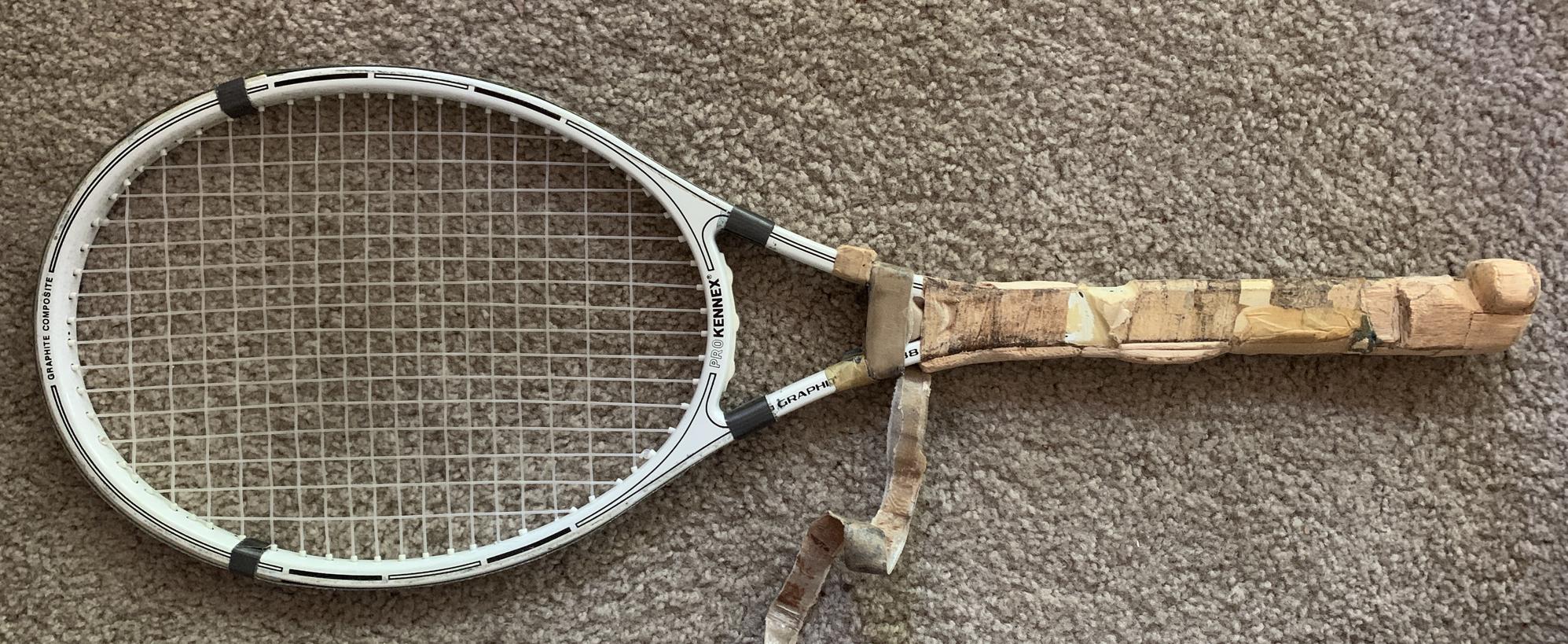 |
|
* This particle board made a flat surface for my left-handed Eastern Forehand, and for a two-handed Backhand. I've experimented with many different ways to grip the racket with the right hand and/or left hand, for one-hand strokes and two-hand strokes; by combining the grips in various ways, I can play with many different forehands (4 kinds) and backhands (8 kinds).
simplicity in pickleball, for me: For tennis I have complexity, can use 12 distinctive grips. But for pickleball things will be simpler, because I will (like most other players) have only one right-hand grip, will use it for Eastern Forehand (with hand flat-against-handle) and (with hand remaining in this same position) for Eastern Backhand. In tennis, usually there is a grip change, so the hand – with a hand-orientation of “flat” defined by the heel pad & index knuckle – flat behind the handle (on face-3) for Eastern Forehand, but rotated so it's on top of handle (on face-1) for Eastern Backhand. By contrast, in pickleball there is (afaik) no change of grip for most players, so the right hand remains on the 3-face for both Eastern Forehand and Eastern Backhand. But probably I'll sometimes use a two-hand grip for Backhand, using the left hand for added support, for power and control.
complexity in pickleball, for others: Although "afaik" is based on my current limited knowledge, some pages/videos describe grip rotations – different for the forehand and backhand – for some players in some situations; e.g. an “eastern grip” player might play “without a grip-change” for fast volleying, but play “with a grip-change” for backcourt drives when there is more time so they can rotate the grip (typically toward Western for forehand, or toward Continental for backhand, or both) because this helps them hit with more strength, stability, power, topspin, control.